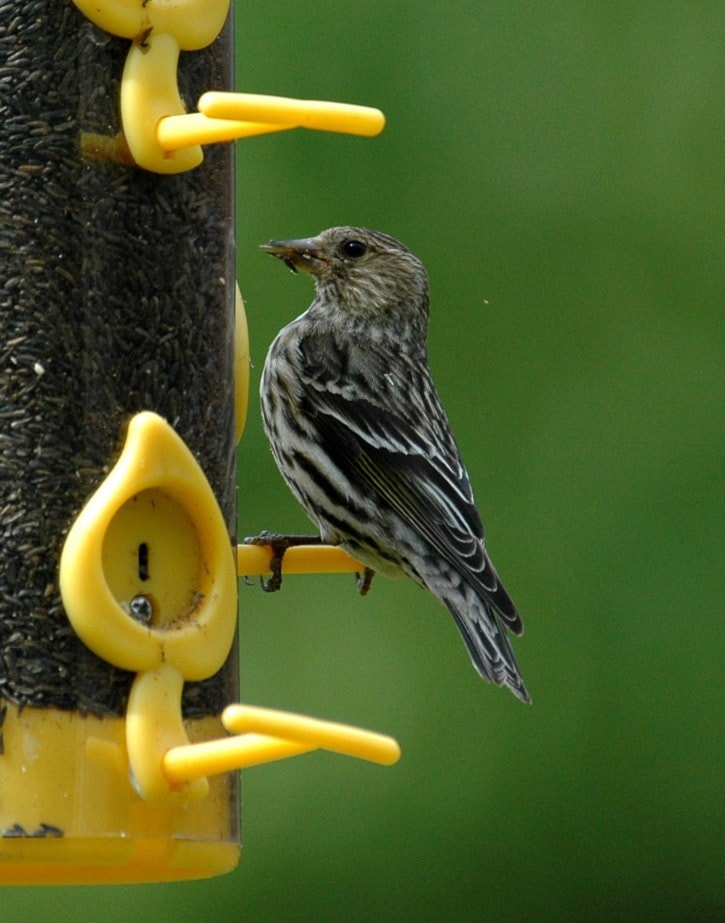Bird activity around Nakusp has been quite slow recently. Even my bird feeders are slower than usual. Daily visitors include a couple of Black-capped Chickadees, two or three Chestnut-backed Chickadees, three Red-breasted Nuthatches, two Downy Woodpeckers and two Northern Flickers. Periodically, a Steller’s Jay also visits.
What is really missing this year are the ground feeding birds. I have had five to ten Dark-eyed Juncos in the yard every winter for as far back as I can remember, but this year I have none. I’ve always had at least one Song Sparrow, this year he puts in only occasional appearances. Earlier this winter I had three Varied Thrushes, now I have none.
Sadly, I think the thrushes have fallen victim to a neighbourhood cat. I definitely found one pile of thrush feathers under the feeder one morning. Within two days, all thrushes were gone. If this continues I will have to seriously consider taking down the feeders altogether. Cats are the number one killer of birds in North America. In an American study done recently it was estimated that 500 million birds are killed by cats each year in the U.S.
There are a few other species visiting feeders elsewhere in town. I know of one feeder that is attracting up to 100 Pine Siskins, more than a dozen House Finches, eight to ten American Goldfinches and a Blue Jay.
A couple of weeks ago I wrote about seeing a very late Wilson’s Warbler in Nakusp (I saw it on November 28). Imagine my surprise when I saw the bird again, in the same location on December 16. I have done a bit of checking and as far I can determine, this is the first ever record of this species in the Kootenays in December. It will be interesting to see how long this bird remains here, and if it can find enough food to sustain itself.
Although I did not see them myself, I did have a report of two swans on the lake last week. These could have been either Trumpeter Swans or Tundra Swans; both species do over-winter in southern B.C. Neither of these species, however, spends much time on Arrow Lake. With our constantly changing water levels, nowhere do we have stable shallow water to allow the establishment of aquatic vegetation.
January 2 is the date of the 35th annual Nakusp Christmas Bird Count. Such counts are done all across North and Central America during the Christmas period. If you live in the Nakusp area and want to help, let me know. There are two ways to assist. If you have a feeder, you can keep an eye on it and count how many of each species visit during the day. Or, you can join a group in the field for a few hours. Bird Studies Canada collects a $5 fee from participants, but feeder watchers don’t need to pay. Give me a call at 265-4456 this week if you want to help, or send me an email: gsd37@yahoo.ca.
